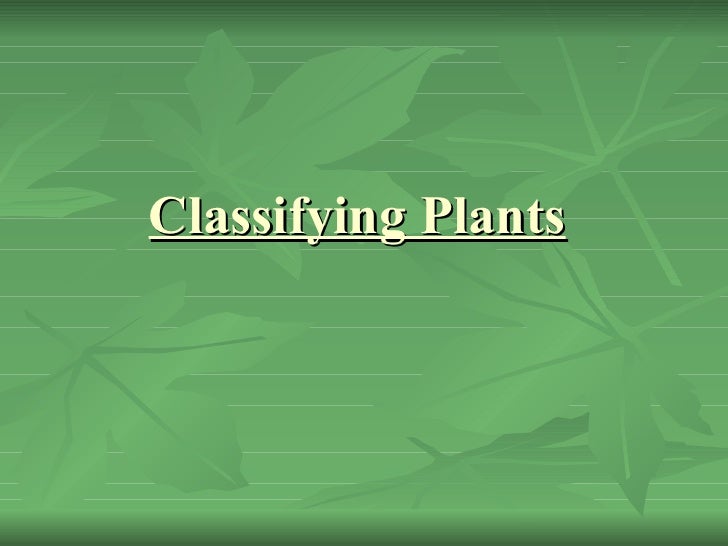Back to: AGRICULTURAL SCIENCE SS1
Welcome to class!
In today’s class, we will be talking about the classification of crops: based on the life cycle, morphology and uses. Enjoy the class!
Classification of Crops: Based on Life Cycle, Morphology and Uses

CONTENT:
- Classification Based on Life Cycle
- Classification Based on Morphology
- Classification Based on Uses
A crop is a plant which is cultivated by man for some beneficial purposes. Crops can be classified based on (i) life cycle (ii) morphology (iii) uses.
Classification based on life cycle
The life cycle of a crop is the period from the planting of the seed to maturity of the crop. Based on the life cycle, crops can be grouped into three:
- Annual crops: These are crops which grow and complete their life cycle within a year e. g. cotton, cowpea, yam, rice etc.
- Biennial crops: These are crops which grow and complete their life cycle within a year e. g. cassava, pepper, onions, carrot, ginger etc.
- Perennial crops: These are crops which grow and complete their life cycle in more than two years e. g. banana, orange, cocoa, coconut etc.
Evaluation
- What is a crop?
- Classify crops based on the life cycle.
Classification based on morphology
Based on morphology i.e. structure (form and shape of a plant), crops are classified as:
- Monocotyledonous crops: These are crops which bear seeds that have only one seed leaf (cotyledon). Their leaves have parallel veins and they have a fibrous root system. Examples include maize, rice, millet, wheat, oil palm, grasses, etc.
- Dicotyledonous crops: These are crops which bear seeds that have two seed leaves or cotyledons. They possess leaves with net veins and taproot system. Example include mango, orange, cowpea, groundnut, kola nut, pepper, etc.
Evaluation
- State five characteristics of monocot crops and three examples.
- State five characteristics of dicot crops and three examples.
Classification based on their uses
- Cereals: Crops grown for their grains or seeds which are rich in carbohydrates. They belong to the grass family e. g. maize, millet, rice, wheat, oat, barley, guinea corn etc.
- Legumes (Pulses): These are crops grown for their seeds or grains which are rich in proteins e. g. cowpea, groundnut, soya beans, pigeon peas etc.
- Roots and tubers: These crops produce tubers under the ground that are rich in carbohydrates e. g. cassava, yam, potato, carrot, etc.
- Vegetables: These are crops grown for their leaves, fruits, or roots which are rich in vitamins and minerals e. g. tomato, lettuce, okra, amaranthus, cabbage etc.
- Spices: These crops are also rich in vitamins and minerals and are rich in food flavours, e.g. pepper, ginger, garlic, onions, curry etc.
- Beverage crops: They are used in making food drinks e. g. cocoa, coffee, tea, kola nut etc.
- Fruit crops: These are plants which bear edible fruits that are rich in vitamins and minerals e. g. oranges, cashew, guava, watermelon etc.
- Oil crops: These are crops which produce edible oil when processed e. g. cottonseed, coconut, oil palm, groundnut, shea butter etc.
- Latex crops: They produce a fluid called latex which when processed served as raw materials for making tyres, plastics, foam etc. An example is a rubber tree.
- Fibre crops: They produce fibres used for making clothes, ropes, sacs etc. Examples include cotton, sisal, jute, hemp, kenaf, etc.
- Drug plants: Crops grown for medicinal purposes e. g. tobacco, neem, Indian hemp etc.
- Forage crops: Crops grown to feed ruminant farm animals, e. g. stylo, cowpea, guinea grass etc.
- Ornamental crops: Crops grown to beautify our environment e. g. hibiscus, morning glory etc.
Evaluation
- What are a) forage crops b) ornamental crops?
- Give three examples each of a) fibre crops b) beverage crops c) drug plants
General evaluation
- What are crops?
- Classify crops based on the life cycle.
- Classify crops based on morphology.
- Classify crops based on uses.
- List out three examples of spice crops.
- State five biotic factors affecting agricultural production.
Reading assignment
Essential Agricultural Science by O.A. Iwena. Pages 130-132
Theory
- (a) Classify crops based on the life cycle.
(b) Classify crops based on morphology.
We hope you enjoyed the class.
Should you have any further question, feel free to ask in the comment section below and trust us to respond as soon as possible.

relevance of biology to agriculture
you guys are the best but your app looks pretty boring
We’re glad you found it helpful, Opeyemi😊 We have a new exciting app now. For even more class notes, engaging videos, and homework assistance, just download our Mobile App at https://play.google.com/store/apps/details?id=com.afrilearn. It’s packed with resources to help you succeed🌟
I love this website. it enhances my knowledge and helps in my assignments
please is there any further classification of crops based on morphology
Thanks
Good